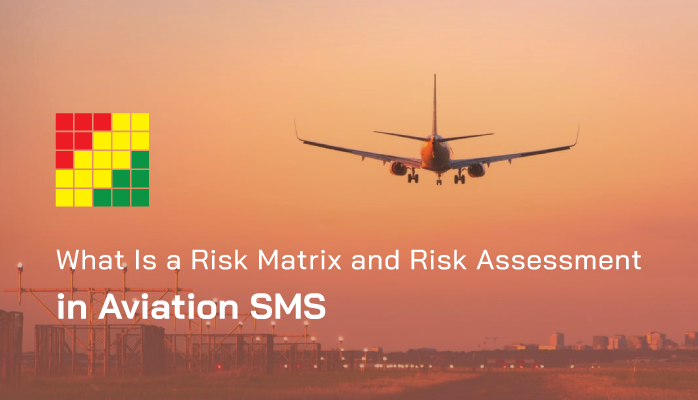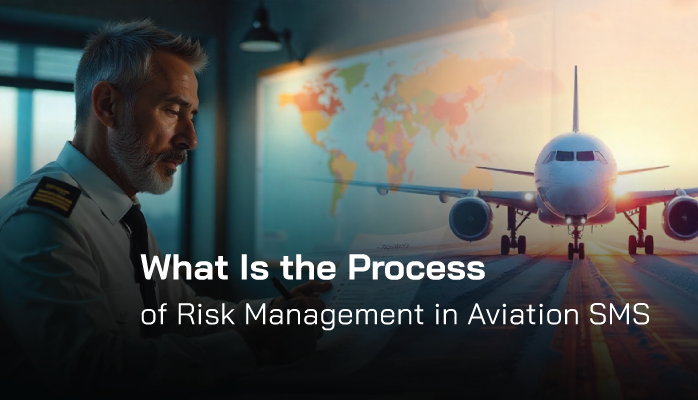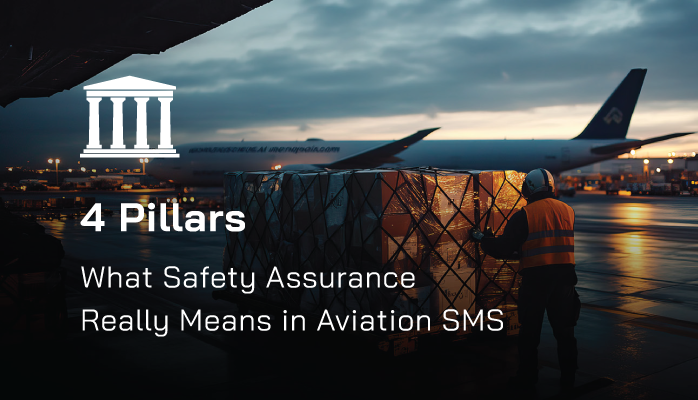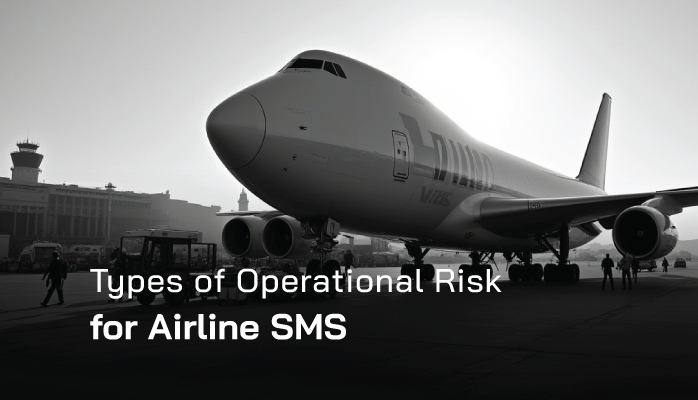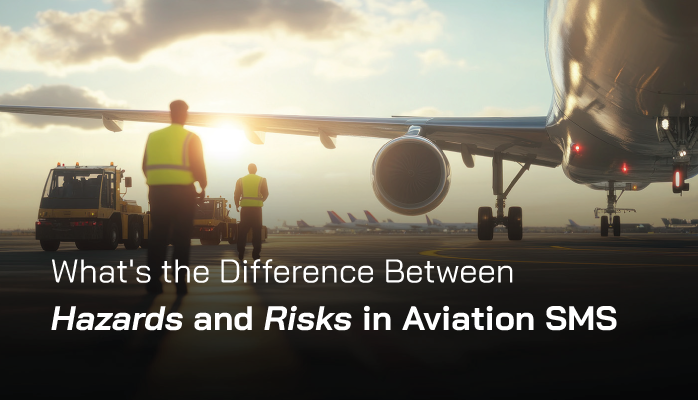Stu Martin
Stu Martin is an accomplished aerospace safety engineer with over 25 years of experience in the aviation industry. Beginning his career on the ramp, Stu developed a hands-on understanding of aircraft operations, maintenance, and safety protocols. His journey from ground operations to engineering has equipped him with a unique perspective on aviation safety, blending practical expertise with technical rigor. Stu has contributed to numerous safety initiatives, including the development of risk assessment frameworks and incident investigation protocols, earning recognition for his commitment to enhancing operational safety. A respected voice in the field, he continues to advocate for robust safety cultures within aviation organizations worldwide.
Elements of Safety Risk Management (SRM)
Safety Risk Management receives by far the most attention of any aspect of aviation safety management systems (SMS). It is, as you might say, “where the action is,” in terms of managing risk and the most focused-upon element in an aviation SMS.
Read More
Topics:
2-Safety Risk Management
What Is a Risk Matrix
Risk matrices are probably the inter-industry safety standard as the primary tool used in risk evaluation. In aviation safety management systems (SMS) they are ubiquitous.
Risk matrices are simplistic charts (though not necessarily “simple”) that use “probability” and “severity” to quantify
Read More
Topics:
2-Safety Risk Management
What Is a Risk Mitigation Strategy in Aviation SMS Programs
The primary objective of risk mitigation strategies in aviation SMS programs is usually detailed as being a plan to implement risk controls that reduce the likelihood/severity of each identified specific risk. However, this risk mitigation plan is limited in that it does not address the mitigation of hazard occurrence.
Read More
Topics:
2-Safety Risk Management
Aviation Risk Management Is a Cyclical Process
The phrase “aviation risk management” gives the impression of being a single, solid idea – something to attain for – but in actual practice, it is a cyclical process.
Read More
Topics:
2-Safety Risk Management
Definition of Aviation SMS Safety Assurance
In November 2006, the International Civil Aviation Organization (ICAO) mandated that all member states implement formal aviation safety management systems (SMS).
Read More
Topics:
3-Safety Assurance,
Quality-Safety Management
What Is a Key Performance Indicator?
Answering the question, what is a key performance indicator, is not exactly as straightforward as it may seem.
This is because key performance indicators, known commonly as KPIs, have multiple uses in aviation safety management systems (SMS).
Read More
Topics:
Key Performance Indicators
What Is a Key Performance Indicator in Aviation SMS?
Key performance indicators (KPIs) are data metrics used to track performance in aviation safety management systems (SMS). This “performance” was not intended to measure only safety, but also quality and financial performance as well.
Read More
Topics:
Key Performance Indicators
What Is Operational Risk for Airline SMS
Operation risk is a primary concern of airline safety management systems (SMS). Just as in traditional safety programs, modern SMS implementations will revolve around identifying hazards and controlling these safety events.
Read More
Topics:
2-Safety Risk Management
Most Common Misunderstanding in Aviation Risk Management
We run across this time and time again in aviation risk management programs: safety management teams confuse hazards and risks, and consequently also confuse risks and consequences.
Read More
Topics:
2-Safety Risk Management
Why Safety Management Gets Safety Objectives Wrong
Somewhat surprisingly, in aviation safety management systems (SMS), safety objectives are often quite misunderstood. Experienced safety management may have a slightly misguided understanding of safety objectives.
Read More
Topics:
1-Safety Policy


